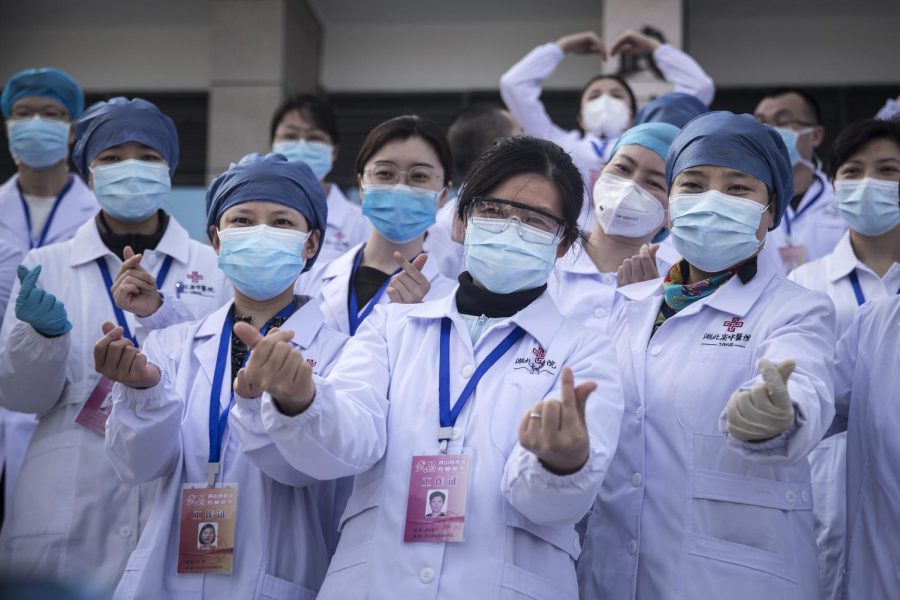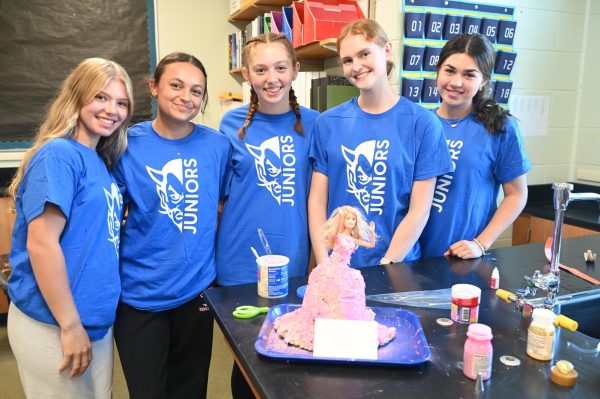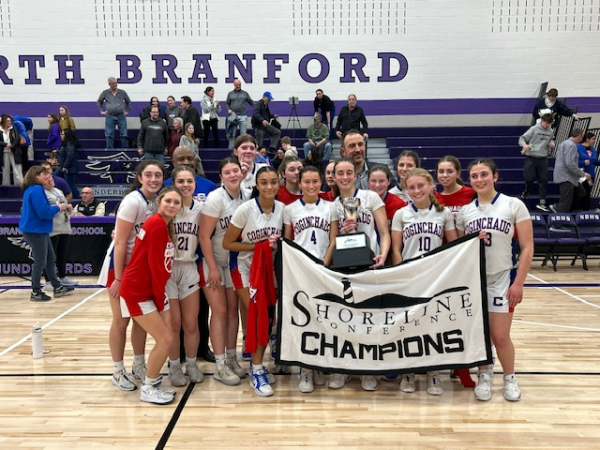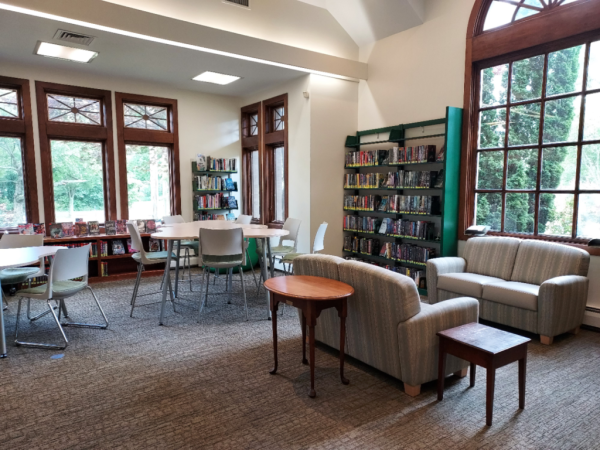China’s Response to COVID-19 Highlights Stark Cultural and Political Differences Between the U.S. and China
On Dec. 31, Chinese Health officials reported 41 cases of a “mysterious pneumonia” illness in the city of Wuhan to the World Health Organization (WHO). This is the infamous origin of the illness now known as COVID-19 or coronavirus. Only months after its discovery, COVID-19 would be forcing schools to close and all social gatherings to cease around the world– the largest quarantine in history. China, given that it is the epicenter of the virus and has a distinct cultural environment, had a unique experience with COVID-19. Moreover, the response by the Chinese government compared to that of the U.S. demonstrated a stark contrast between the two cultures and political systems.
The Coronavirus Timeline
Only a day after the 41 cases were reported, Chinese authorities closed the Huanan Seafood Wholesale Market in Wuhan, the believed source of the novel virus. Furthermore, the trade of live animals at all wet markets in Wuhan was banned; the buying, selling and transportation of wild animals in markets, restaurants and online marketplaces was nationally banned; and farms that bred and transported wildlife to wet markets were placed under quarantine.
On Jan. 7, Chinese authorities officially identified the illness as a new type of coronavirus. By Jan. 23, Chinese authorities placed the city of Wuhan under complete lockdown, and the rest of the surrounding Hubei province was placed under quarantine days later. The WHO declared the novel virus a “public-health emergency of international concern” on Jan. 30, and later on Feb. 11, the WHO announced the official name of the virus: COVID-19.
Throughout February, more than 24 provinces in China were placed under quarantine. However, the quarantine in China was much more extreme than the quarantine measures being taken in the U.S.
Quarantine in China
Millions of Chinese citizens were isolated from their families and friends alike. Chinese authorities went door-to-door conducting health checks, forcibly isolating residents showing any symptoms of COVID-19 in makeshift hospitals and quarantine shelters, sometimes even separating parents from their children. Caretakers in apartment buildings were expected to monitor the temperatures of all residents, screen those who were entering the building, and inspect all delivered food and medicines. Residents were required to have a formal pass to get in and out of their apartment buildings and homes. Drones were implemented to discourage large clusters of people on the streets and ensure that all citizens who were outside were wearing a mask.
Chinese government officials insisted that their measures may have been more extreme than what Western scientific advisors advocate, but that their methods work. They held that school closures and stay-at-home orders are not sufficient, and more government officials around the world need to follow the steps they took, like building temporary hospitals and diligently testing and tracing anyone who may have contracted the virus.
“‘No one left behind’ was the slogan in Wuhan,” said Huiyao Wang, a senior adviser to China’s government, in an interview with USA Today. “No one.”
Potential Coverup
The many meticulous efforts taken by Chinese government officials have been praised by the WHO. In an official statement, the WHO commended the leadership and “commitment to transparency” of the Chinese government.
“The measures China has taken are good not only for that country but also for the rest of the world,” the WHO stated.
Despite the accolades from the WHO, there is reasonable suspicion that Chinese government officials tried to cover up and downplay the coronavirus at its onset, reminiscent of the SARS outbreak of 2003 in which the Chinese government was criticized for lack of transparency and withholding information. The two strongest pieces of evidence are the unfortunate cases of Dr. Li Wenliang and Ai Fen.
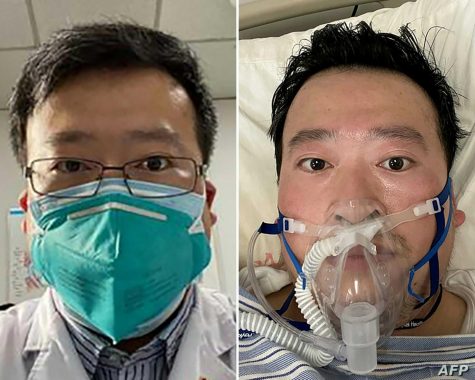
Dr. Li Wenliang worked at a hospital in Wuhan and is now well-known as the COVID-19 whistleblower. In late December, Wenliang alerted other doctors about a worrisome group of patients with an unknown illness and pneumonia-like symptoms and advised that doctors take extra safety precautions when treating patients with similar symptoms. Four days later, Wuhan police pressured him into signing a letter admitting he was guilty of “making false comments” that had “severely disturbed the social order,” according to a BBC report. On Feb. 7, Li passed away due to contracting COVID-19 while treating patients. His death resulted in Chinese social media being flooded with distressed and angry messages calling for freedom of speech.
Ai Fen is the Head of Emergency at Wuhan Central Hospital. Fen was instrumental in the detection of COVID-19 as she was the doctor who warned Wenliang about how the virus was spreading. According to a report by India-based WION anchor Palki Sharma, Fen opened up in an interview with the Chinese Magazine, Renwu, about how she was reprimanded by Chinese officials for trying to warn the world about the disease. Fen stated in the interview that Chinese officials knew about the virus in December and did not act until it became a crisis. A week later, Fen had disappeared, and Chinese government officials allegedly were responsible.
China’s Measures Unpalatable to Americans
Despite the alleged coverup of the virus at its onset, the extreme measures Chinese government officials took to stop the spread of COVID-19 undeniably produced results. Many provinces in China have begun to ease quarantine measures; citizens have gone back to work and schools have gone back in session, including Tonji High School with RSD 13 is in a global partnership: Coginchaug hosted 24 Tonji students last October.
Quarantine in the U.S. looks vastly different than what citizens in China experienced. The quarantine and stay-at-home measures that the state and the federal government have established, which were already the minimum that public health officials called for, have been met in several states with defiance and protest.
To that effect, considering the stark differences between the cultures and political systems of the U.S. and China, it is unlikely that the U.S. government will be taking any steps to learn from the Chinese response. The Americans who value individualism and civil liberties more than essential lockdown orders would find the extreme measures of the Chinese government completely unpalatable and unacceptable.

